Refreshing Spring Themes For Your Next Art Project
As the chill of winter fades away, spring bursts forth with a vibrant palette of colors, sounds, and scents that can invigorate your artistic spirit. This season is not just a transition; it’s a celebration of life and renewal. If you're an artist looking to capture the essence of spring in your work, you're in for a treat! Imagine the delicate petals of flowers, the lively chirps of returning birds, and the lush greenery that blankets the earth. Each of these elements offers a unique theme that can breathe new life into your art projects.
Spring is a time of transformation, and it invites us to explore themes that reflect this dynamic change. Whether you're painting, drawing, or engaging in mixed media, the possibilities are endless. You can take inspiration from the natural world, tapping into the beauty of blooming flora and the lively fauna that emerges after winter. This article will guide you through several refreshing themes that embody the spirit of spring, ensuring your next art project is as vibrant and lively as the season itself.
Think about how you can use your artistic skills to convey the joy of spring. This could mean focusing on the intricate details of flowers, the lively movements of animals, or the breathtaking landscapes that come alive with color. Each brushstroke can tell a story, and each color can evoke an emotion. So, grab your tools and let’s dive into the world of spring themes that will not only inspire your creativity but also connect with your audience on a deeper level.
Floral motifs are quintessential to spring art. The sight of flowers blooming is a powerful symbol of renewal and beauty. From the elegant tulips to the cheerful daisies, each flower carries its own meaning and can inspire various artistic expressions. Think about incorporating flowers like cherry blossoms, which symbolize the fleeting nature of life, or sunflowers, representing adoration and loyalty. Each flower can add a unique touch to your artwork, making it not just visually appealing but also meaningful.
When creating floral art, consider the following aspects:
- Color Choices: Use bright, bold colors to reflect the vibrancy of spring.
- Textures: Experiment with different techniques to capture the delicate textures of petals.
- Composition: Think about how to arrange your flowers to create a balanced and harmonious piece.
By embracing floral themes, you can create art that resonates with the essence of spring, inviting viewers to appreciate the beauty and vitality of the season.
Spring symbolizes renewal and growth, making it the perfect time to explore the concept of nature's rebirth. As the snow melts and the days grow longer, the world awakens from its winter slumber. This transformation can be beautifully depicted in your artwork. Consider painting scenes that showcase the awakening of flora and fauna, capturing the essence of this transformative season. Imagine a canvas filled with budding trees, vibrant green grass, and the sounds of nature coming alive.
Animals play a significant role in spring themes. As they emerge from hibernation, they bring a sense of life and movement to your art. Think about how you can portray various animals awakening from their winter rest. Whether it’s a playful bunny hopping through a field of flowers or a majestic deer grazing in a sunlit meadow, these creatures can add a lively element to your pieces.
One of the most joyous signs of spring is the return of birds. Their migration not only brings color to the skies but also symbolizes freedom and new beginnings. Learn techniques to illustrate these creatures in flight, showcasing their beauty and the significance of migration in your artistic narrative. You can play with different angles and perspectives to create dynamic compositions that capture the essence of their journey.
Insects, often overlooked, are essential to spring ecosystems. Butterflies, bees, and other insects play a crucial role in pollination and add vibrancy to the season. Explore ways to represent these tiny wonders in your art. Consider creating detailed studies of butterflies with their intricate patterns or depicting bees buzzing around blooming flowers. These elements can add a layer of depth to your artwork, highlighting the interconnectedness of nature.
Spring landscapes offer a rich palette that can inspire any artist. The lush greenery, blooming trees, and clear skies create a sense of depth and vitality in your artwork. When painting landscapes, think about how to capture the essence of the season. Use vibrant greens to depict the freshness of new leaves, and soft blues to illustrate the clear skies. The interplay of light and shadow can also add dimension to your pieces, making them feel alive and inviting.
Choosing the right colors is crucial for spring themes. The colors you select can evoke the spirit of spring, from soft pastels to vibrant hues. Explore various color palettes that reflect the season's beauty. Pastel tones, such as soft pinks, blues, and yellows, can create a light, airy feel in your artwork. On the other hand, bold colors can energize your spring art, bringing excitement and vibrancy to your pieces.
Pastel colors are synonymous with spring. They evoke feelings of calmness and serenity, perfect for capturing the gentle beauty of the season. By effectively using soft pinks, blues, and yellows, you can create artworks that reflect the delicate nature of spring flowers and the gentle warmth of the sun.
On the flip side, bold colors can also play a significant role in your spring art. Bright, contrasting colors can bring a sense of excitement and energy, making your pieces stand out and capture attention. Incorporating these colors can make your artwork pop, drawing viewers in and inviting them to explore the beauty of spring through your eyes.
1. What are some common themes for spring art projects?
Common themes include floral inspirations, nature's rebirth, animal life, and vibrant landscapes.
2. How can I choose a color palette for my spring artwork?
Consider using pastel tones for a soft look or bold colors for a vibrant feel. Experiment with different combinations to find what resonates with you.
3. What techniques can I use to depict animals in spring?
Focus on capturing their movements and interactions with nature. Use dynamic compositions and consider their habitats to create a lively scene.
4. How can I incorporate symbolism into my spring art?
Research the meanings behind different flowers and animals. Use these symbols to add depth and emotion to your artwork.
With these themes and tips, you’re ready to embrace the beauty of spring in your art. Let your creativity flow and enjoy the process of bringing the vibrant essence of spring to life on your canvas!
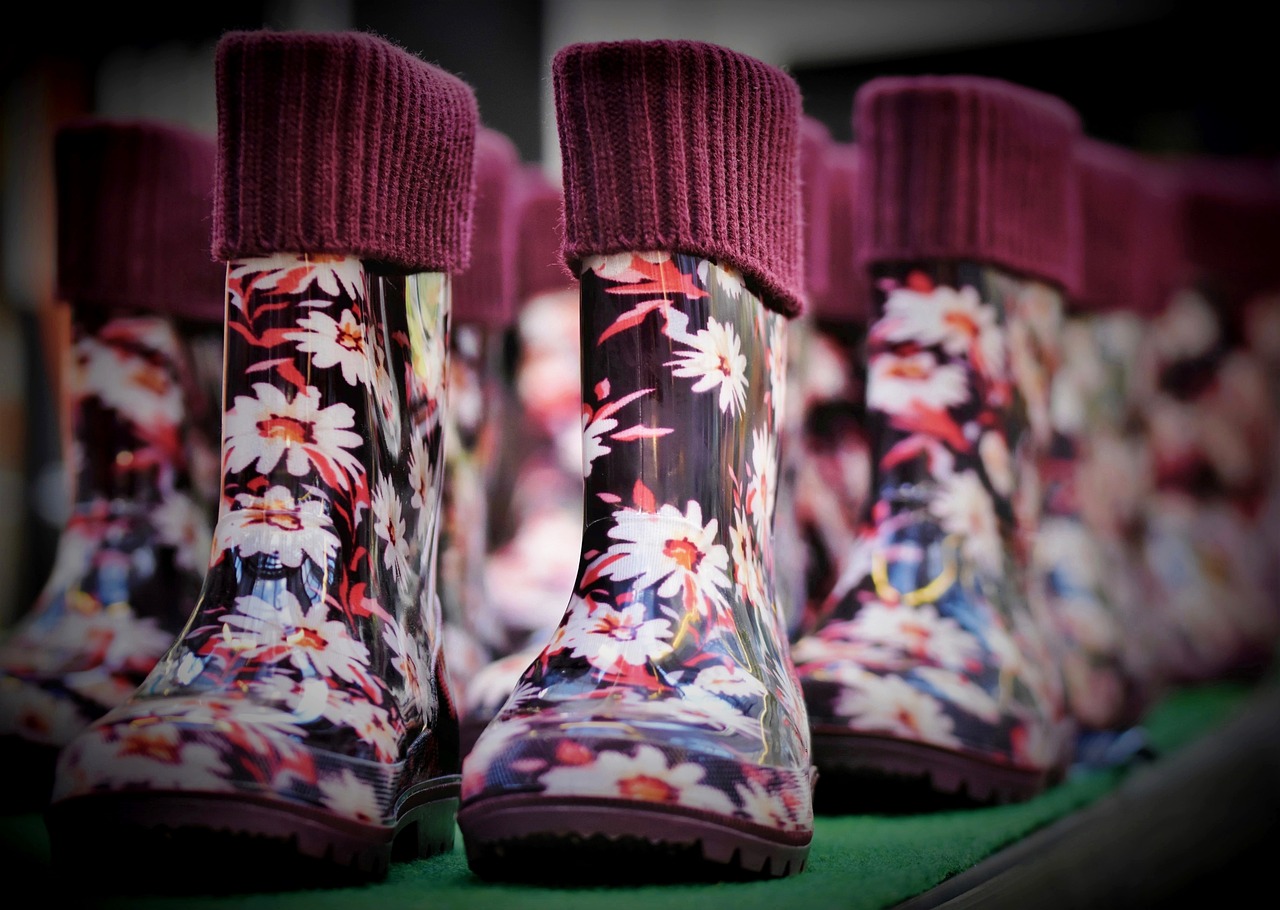
Floral Inspirations
Floral motifs are quintessential to spring art, and they bring a burst of life and color to any creative project. When you think of spring, what comes to mind? The delicate petals of tulips, the vibrant blooms of daffodils, or perhaps the sweet scent of cherry blossoms wafting through the air? Each flower carries its unique symbolism, which can add layers of meaning to your artwork. For instance, roses often symbolize love and passion, while daisies represent innocence and purity. Understanding these meanings allows you to choose flowers that resonate with the message you want to convey in your art.
Incorporating floral elements into your artwork can be as simple as using a color palette inspired by flowers. Imagine painting a canvas where soft pinks and whites mirror the beauty of peonies, or vibrant yellows and oranges reflect the joyous spirit of sunflowers. You can also explore various artistic styles to depict flowers—whether it’s a realistic representation or a more abstract interpretation, the choice is yours. The key is to let your creativity flow and allow the essence of spring to guide your brush strokes.
To help you get started, consider these popular spring flowers and their meanings:
| Flower | Symbolism |
|---|---|
| Tulip | Perfect love |
| Daffodil | New beginnings |
| Cherry Blossom | Transience of life |
| Hyacinth | Playfulness |
| Peony | Good fortune |
Another exciting way to incorporate floral inspirations into your art is by using mixed media. Think about layering different materials to create texture that mimics the softness of petals or the roughness of stems. You could use fabric, paper, or even natural elements like dried flowers to enhance your piece. This approach not only adds a tactile dimension to your artwork but also makes it more engaging for your audience.
Lastly, don’t forget about the power of composition. When arranging floral elements in your artwork, consider the principles of design—balance, contrast, and harmony. A well-composed piece can draw the viewer’s eye and create a sense of movement, much like a gentle breeze rustling through a garden. So, whether you’re painting a single bloom or an entire bouquet, remember to play with these elements to create an inviting and dynamic composition.
- What are some popular flowers to use in spring art? Popular choices include tulips, daffodils, cherry blossoms, and peonies due to their vibrant colors and rich symbolism.
- How can I incorporate floral motifs into my artwork? You can use color palettes inspired by flowers, explore different artistic styles, or even experiment with mixed media to create texture.
- What is the significance of using flowers in art? Flowers can convey emotions and messages, adding depth and meaning to your artwork.
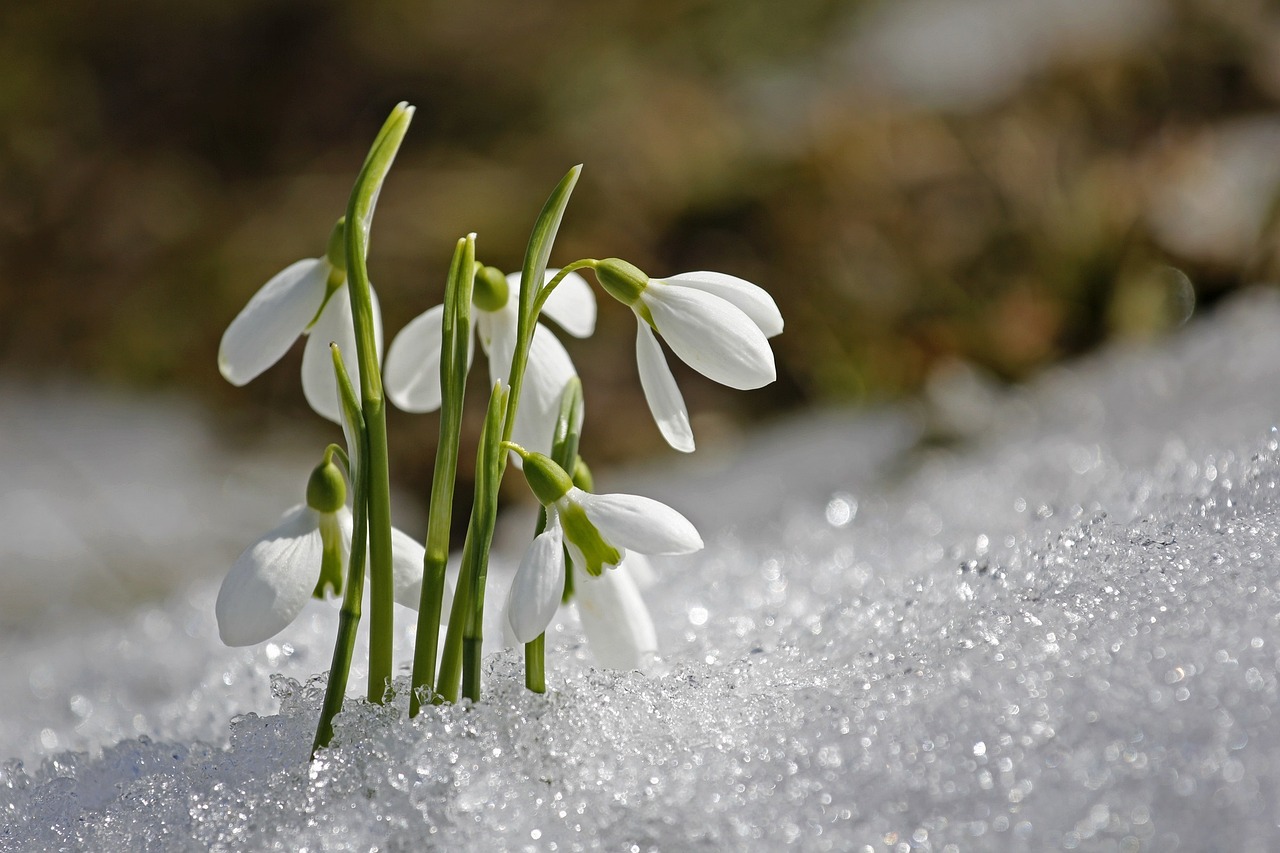
Nature's Rebirth
Spring is a magical time when the world seems to shake off the heavy blanket of winter and embrace a vibrant new beginning. This season symbolizes renewal and growth, making it a perfect theme for your next art project. Imagine standing in a lush meadow, surrounded by the sounds of chirping birds and the gentle rustle of leaves. This is the essence of spring, and as an artist, you have the unique opportunity to capture this transformative energy on your canvas.
To depict nature's rebirth in your artwork, consider focusing on the awakening of flora and fauna. Think about how trees that stood bare just weeks ago are now bursting with green leaves and colorful blossoms. You can illustrate this transition by using a variety of techniques, such as layering colors to create depth or employing different brush strokes to convey texture. For instance, a soft, sweeping motion can represent the delicate petals of flowers, while a more vigorous stroke might capture the rugged bark of a tree.
Moreover, don't forget the animal life that returns with spring! From rabbits hopping through the grass to deer grazing in the early morning light, these creatures add a lively dynamic to your pieces. Consider portraying animals in their natural habitats, showcasing their interactions with the environment. You might depict a mother bird feeding her chicks or a playful fox darting between the trees. These scenes not only highlight the beauty of spring but also tell a story of life and survival.
Animals play a significant role in the narrative of spring. As the season unfolds, many animals emerge from hibernation, ready to explore their surroundings. This is an excellent opportunity for you to showcase their vibrant energy and interactions within nature. For example, you could create a piece that captures the moment a bear awakens from its slumber, stretching its limbs and shaking off the remnants of winter. Alternatively, you might illustrate a scene where young animals take their first steps into the world, symbolizing innocence and new beginnings.
One of the most heartwarming aspects of spring is the return of migratory birds. These feathered travelers bring joy and color back to our landscapes, and their presence can be a focal point in your artwork. Consider using techniques that emphasize their grace in flight. You might experiment with different angles and perspectives to create a sense of movement, as if the birds are soaring through the sky. Capture the iridescence of their feathers and the delicate flutter of their wings to evoke a feeling of freedom and vitality.
Insects also play a crucial role in the rebirth of nature during spring. They are essential for pollination, helping flowers bloom and fruits to develop. Butterflies, bees, and ladybugs can add a splash of color and life to your artwork. You could create a close-up of a butterfly perched on a flower, its wings spread wide, showcasing the intricate patterns and colors that make it unique. This not only highlights the beauty of these creatures but also emphasizes their importance in the ecosystem.
As you embark on your artistic journey this spring, remember that nature's rebirth is not just about what you see but also about what you feel. Let the energy of the season inspire you to create pieces that resonate with the themes of renewal, growth, and life. Whether you choose to focus on the delicate flowers, the lively animals, or the vibrant landscapes, your art can capture the essence of spring in a way that speaks to the heart.
- What materials are best for capturing spring themes in art? Consider using watercolors for their soft blending qualities or acrylics for their vibrant colors. Both can effectively convey the lightness and brightness of spring.
- How can I incorporate symbolism into my spring artwork? Research the meanings behind different flowers and animals, and use them to convey messages about renewal and growth in your art.
- What techniques can I use to illustrate movement in my spring pieces? Experiment with dynamic brush strokes and varied perspectives to create a sense of action and life in your artwork.
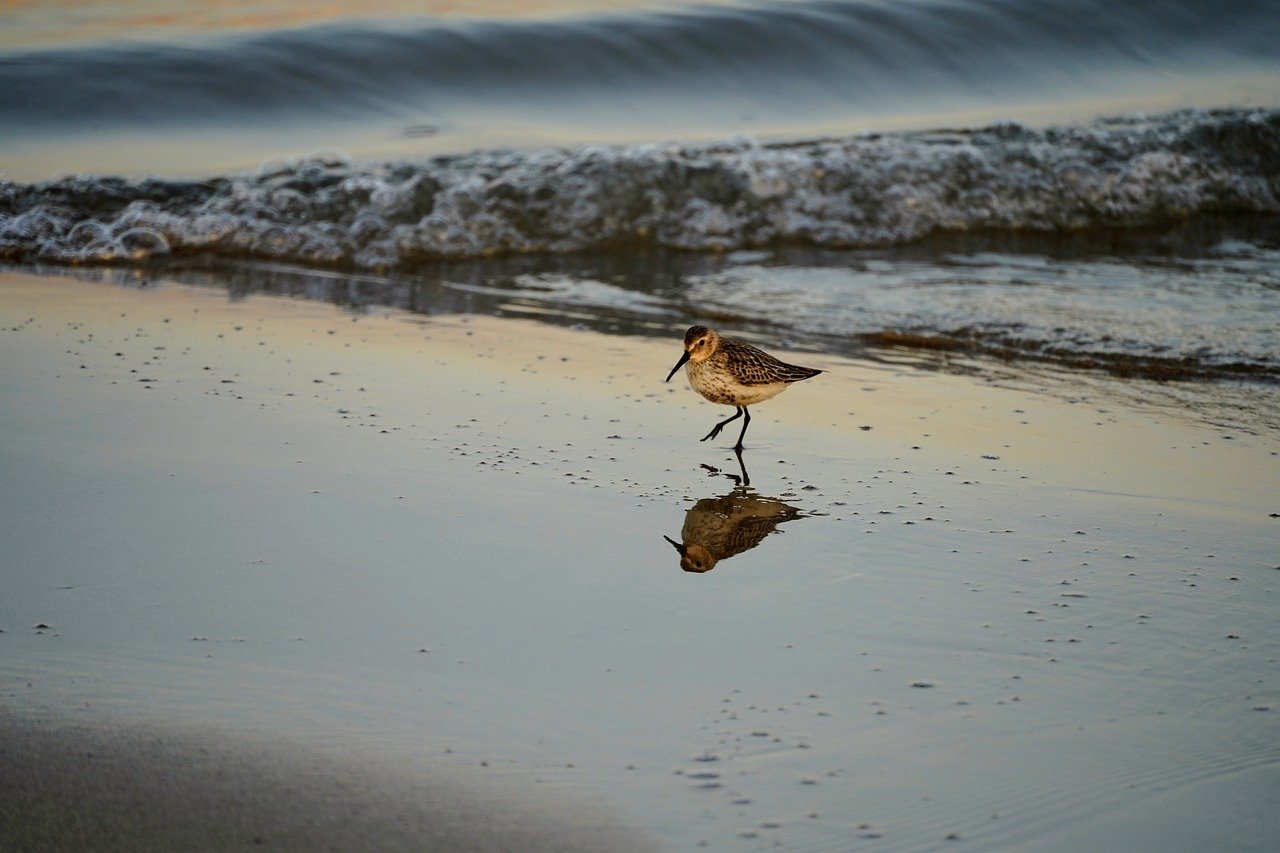
Animal Life
As the chill of winter fades away, spring breathes life back into the world, awakening a myriad of creatures that had nestled away in hibernation. The arrival of spring is like a grand symphony, where the orchestra of nature begins to play, and animals take center stage. Imagine the thrill of seeing a sleepy bear emerge from its den, stretching and shaking off the remnants of winter. This spectacle is not just a feast for the eyes; it symbolizes the renewal of life and the interconnectedness of all living things. How can we, as artists, capture this exhilarating moment in our work?
When depicting animal life in your spring-themed art, consider the various roles these creatures play in the ecosystem. From the buzzing bees that pollinate flowers to the playful squirrels that leap from branch to branch, each animal adds a unique touch to the vibrant tapestry of spring. For instance, you might choose to focus on:
- Hibernating Animals: Illustrate bears, hedgehogs, and other creatures shaking off their slumber, showcasing their return to the lively world.
- Birds in Flight: Capture the essence of birds soaring through the sky, their wings spread wide, embodying freedom and joy.
- Small Mammals: Portray rabbits and foxes frolicking in the fields, their playful antics bringing a sense of whimsy to your artwork.
To truly encapsulate the essence of spring, consider creating scenes that depict the interactions between these animals and their environments. Picture a vibrant meadow filled with blooming flowers, where a family of rabbits plays hide-and-seek among the petals. This not only adds depth to your artwork but also tells a story that resonates with viewers. The use of dynamic poses and vivid colors can bring your animal subjects to life, making them leap off the canvas.
Moreover, don't forget to explore the concept of migration. Spring is a time when many birds return from their winter retreats, filling the air with their melodious songs. Illustrating these migratory birds can be a beautiful way to symbolize change and the cyclical nature of life. You can create a stunning visual narrative by showing birds in flight, perhaps against a backdrop of a breathtaking sunset, highlighting the beauty of their journey.
Incorporating animals into your spring art is not just about representation; it's about conveying emotion and connection. Think of how you can evoke feelings of joy, freedom, and rebirth through your depictions. Whether it's a close-up of a butterfly perched on a flower or a wide shot of a herd of deer grazing in a lush field, your artwork can serve as a celebration of life in all its forms.
Q: How can I effectively incorporate animals into my spring artwork?
A: Focus on the interactions between animals and their environment. Use vibrant colors and dynamic poses to bring your subjects to life, creating a narrative that resonates with viewers.
Q: What types of animals are typically associated with spring?
A: Common spring animals include birds returning from migration, rabbits, deer, and various insects like butterflies and bees.
Q: Are there specific techniques for painting animals in spring?
A: Use light, airy colors to reflect the season's spirit. Pay attention to the details of fur and feathers, and consider the setting to create a cohesive piece.
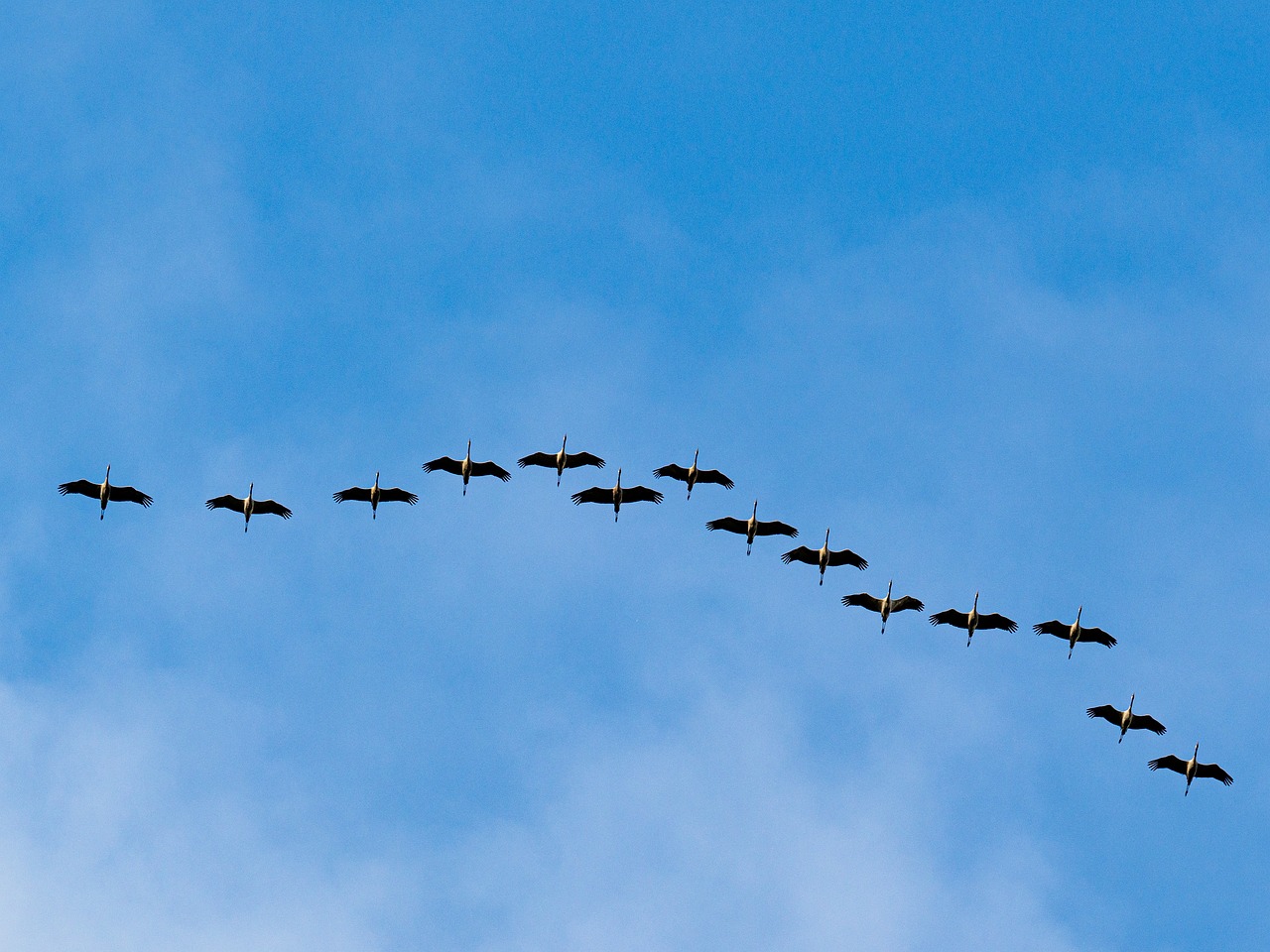
Bird Migration
As the chill of winter recedes, a remarkable transformation begins in the skies above us. is one of nature's most awe-inspiring phenomena, where countless birds embark on epic journeys to return to their breeding grounds. This seasonal spectacle not only captivates birdwatchers and nature enthusiasts but also offers a rich source of inspiration for artists looking to capture the essence of spring.
Imagine standing in a field, the air filled with melodious chirps and the flutter of wings as flocks of birds soar overhead, painting the sky with their vibrant colors. These migrating birds symbolize hope and renewal, making them perfect subjects for your spring-themed art projects. From the graceful swallows to the majestic geese, each species brings its own unique flair to the canvas, inviting you to explore their beauty through your artistic lens.
When illustrating bird migration, consider incorporating elements that highlight their journey. You might depict a flock of birds in a V-formation, a classic sight during migration. This formation not only showcases their teamwork but also adds a dynamic element to your artwork. The contrast between the birds and the bright blue sky can create a striking visual impact, drawing the viewer's eye and evoking feelings of freedom and adventure.
To further enhance your depiction of bird migration, you can use various artistic techniques. For instance, consider the following:
- Color Gradation: Use a gradient of colors to represent the transition from winter to spring, blending cool tones with warmer hues as the birds return.
- Movement Lines: Incorporate lines that suggest movement, giving your artwork a sense of flow and energy. This can help convey the idea of the birds gliding effortlessly through the air.
- Textural Elements: Experiment with different textures to represent the feathers of the birds, adding depth and realism to your piece.
Additionally, consider the significance of migration in your artistic narrative. Birds migrate not just for survival but also to find suitable breeding grounds and food sources. Capturing this essence can add a layer of meaning to your artwork, reminding viewers of the intricate connections within our ecosystems. You might even choose to include elements of their habitats, such as blooming flowers or lush greenery, to create a harmonious scene that reflects the beauty of spring.
In conclusion, the phenomenon of bird migration is a powerful theme to explore in your spring art projects. By focusing on the beauty and symbolism of these avian travelers, you can create pieces that resonate with audiences and celebrate the vibrant spirit of the season. So grab your brushes, let your creativity take flight, and watch as your artwork comes alive with the essence of spring!
Q: What types of birds migrate in spring?
A: Many species migrate in spring, including swallows, geese, and various shorebirds. Each species has its own unique migration patterns.
Q: How can I observe bird migration?
A: You can observe bird migration by visiting local parks, wetlands, or nature reserves during spring. Bring binoculars for a closer look!
Q: What is the best time to see migrating birds?
A: The best time to see migrating birds is typically during early spring, especially around dawn when they are most active.

Insect Wonders
Spring is a magical time when the world awakens, and one of the most vibrant aspects of this season is the incredible variety of insects that emerge. These tiny creatures play a crucial role in our ecosystem, acting as pollinators and contributing to the overall health of our environment. When creating art that captures the essence of spring, insects offer an enchanting subject that can add both detail and dynamism to your pieces. Imagine painting a canvas filled with fluttering butterflies, buzzing bees, and industrious ants, each representing the vitality and interconnectedness of nature.
To truly capture the wonder of insects in your artwork, consider focusing on their unique characteristics and behaviors. For instance, think about how you might depict the intricate patterns on a butterfly's wings or the delicate movements of a bee as it hovers over a flower. These elements not only enhance the visual appeal of your art but also invite viewers to appreciate the subtle beauty of these often-overlooked creatures. You can use various techniques such as close-up perspectives or vivid colors to bring these insects to life on your canvas.
Insects can also symbolize the themes of transformation and growth that are synonymous with spring. Take, for example, the metamorphosis of a caterpillar into a butterfly. This process is not just a visual delight but also a powerful metaphor for change and renewal. By incorporating such themes into your artwork, you can create pieces that resonate on a deeper level with your audience, encouraging them to reflect on their own journeys of transformation.
When illustrating insects, consider using a variety of artistic styles. You might opt for a realistic approach that highlights the details and colors of each insect, or you could choose a more abstract style that emphasizes the movement and energy of these creatures. The choice of style can significantly affect the mood and message of your artwork. For example, a vibrant, abstract representation of bees buzzing around flowers can evoke feelings of joy and liveliness, while a more subdued, realistic depiction might inspire contemplation and appreciation for nature's intricacies.
In addition to butterflies and bees, don't forget about other fascinating insects like ladybugs, dragonflies, and fireflies. Each of these insects brings its own unique charm and symbolism to your art. Ladybugs, for instance, are often associated with good luck and protection, while dragonflies symbolize change and adaptability. By incorporating a variety of insects into your spring-themed artwork, you can create a rich tapestry that tells a story about the vibrancy of life during this season.
As you embark on your artistic journey this spring, let the world of insects inspire you. Their beauty, diversity, and significance within the ecosystem provide endless opportunities for creativity. Whether you're painting, drawing, or working with mixed media, remember that these tiny wonders can add a layer of depth and meaning to your art. So grab your brushes and let the insects of spring guide your imagination!
Q1: What insects are most commonly associated with spring?
A1: Some of the most commonly associated insects include butterflies, bees, ladybugs, and dragonflies. Each of these insects brings vibrant colors and important ecological roles during the spring season.
Q2: How can I effectively depict insects in my artwork?
A2: To effectively depict insects, focus on their unique characteristics, use close-up perspectives, and experiment with various artistic styles. Consider their movements and colors to bring them to life on your canvas.
Q3: What themes can I explore through insect imagery?
A3: Insect imagery can symbolize transformation, growth, interconnectedness, and the beauty of nature. You can explore these themes by representing the life cycles and behaviors of different insects.
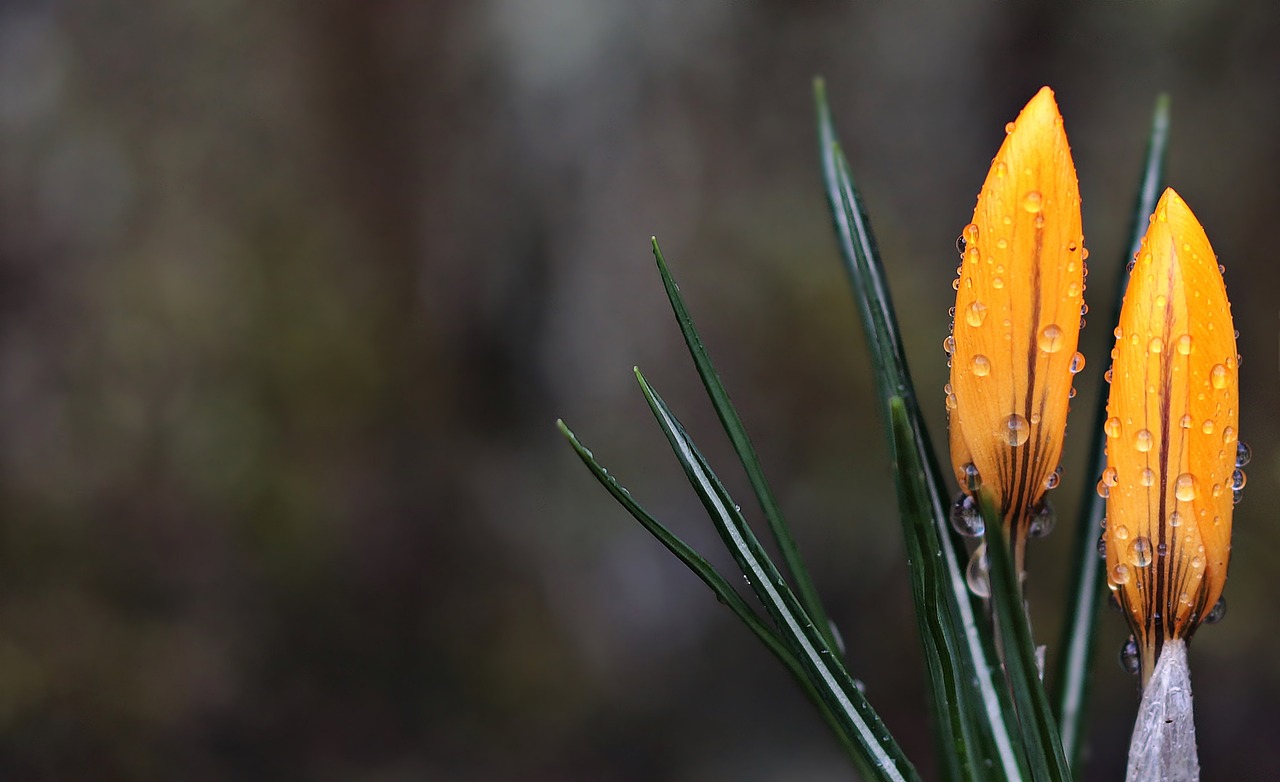
Spring Landscapes
Spring landscapes are a breathtaking canvas filled with the vibrant hues of nature awakening from its winter slumber. As the frost melts away, the world transforms into a lush paradise that beckons artists to capture its beauty. Imagine walking through a sun-drenched meadow, where every blade of grass seems to dance in the gentle breeze, and the air is fragrant with the scent of blooming flowers. This season offers an incredible opportunity to explore various elements that make a landscape truly captivating.
When painting or illustrating spring landscapes, consider incorporating a variety of features that reflect the essence of the season. From rolling hills adorned with wildflowers to serene lakes reflecting the clear blue sky, each element adds depth and dimension to your artwork. The interplay of light and shadow can create a magical atmosphere, as the sun casts its golden rays upon the vibrant scenery. To effectively convey this, you might want to focus on:
- Vivid Greenery: The lush greens of spring symbolize growth and renewal. Use a range of greens, from deep emerald to soft lime, to depict the freshness of new leaves.
- Flowering Trees: Cherry blossoms, magnolias, and dogwoods burst into bloom, adding splashes of pink and white that contrast beautifully against the green.
- Clear Skies: The bright blue sky of spring is often dotted with fluffy white clouds. Capturing this can evoke feelings of peace and tranquility.
To create a sense of depth in your landscapes, consider the foreground, midground, and background elements. In the foreground, you might depict detailed flowers or grasses, while the midground could feature trees or a flowing stream. The background can be a distant mountain range or a horizon that fades into the sky. This layering technique not only adds dimension but also invites the viewer’s eye to travel through the artwork, much like a stroll through a spring garden.
Additionally, don't shy away from experimenting with different perspectives. A low angle can make flowers appear larger than life, while a bird's-eye view can showcase the intricate patterns of a blooming field. The choice of perspective can dramatically alter the mood of your piece, so think about what you want to convey. Are you aiming for a sense of grandeur, or perhaps a more intimate connection with nature?
Color plays a pivotal role in your portrayal of spring landscapes. The right palette can evoke emotions and set the tone for your artwork. Consider using a combination of pastel tones and bold contrasts to create a lively yet harmonious scene. For instance, soft pinks and yellows can reflect the gentle warmth of spring, while splashes of bright red or deep blue can add excitement and draw the viewer's attention.
Finally, remember that spring landscapes are not just about what you see; they are also about what you feel. Try to capture the essence of the season—its vibrancy, its joy, and its promise of new beginnings. By infusing your personal experiences and emotions into your artwork, you can create a piece that resonates with others and invites them to experience the beauty of spring through your eyes.
Q: What are the key elements to include in a spring landscape painting?
A: Key elements include vivid greenery, flowering trees, clear skies, and a well-thought-out composition that layers foreground, midground, and background features.
Q: How can I choose the right color palette for my spring landscape?
A: Consider using a mix of pastel tones for a soft, airy feel, along with bold colors for contrast and vibrancy. Experiment with different combinations to find what resonates with your artistic vision.
Q: What techniques can I use to create depth in my landscape artwork?
A: Use layering techniques by placing elements in the foreground, midground, and background. Additionally, varying the size and detail of objects can enhance the sense of depth.

Color Palettes
Choosing the right colors is crucial for spring themes, as they can evoke emotions and set the tone for your artwork. Spring is a season bursting with life, and the colors you select should reflect that vibrancy. Imagine stepping outside after a long winter; the world is suddenly alive with shades of green, bursts of floral colors, and the soft hues of a clear sky. To truly capture the essence of spring, you can explore various color palettes that embody these feelings. From soft pastels to bold contrasts, each palette tells a unique story and can transform your art from ordinary to extraordinary.
One of the most popular choices for spring art is the use of pastel tones. These soft colors—think gentle pinks, baby blues, and light yellows—create a serene and dreamy atmosphere. Using pastels can help you achieve a light, airy feel in your artwork, reminiscent of the delicate blooms that emerge during this season. Pastels are particularly effective when you want to convey a sense of calmness and renewal. You might consider combining these colors in a gradient to mimic the subtle transitions found in nature, such as a sunset or a blooming flower. Here’s a quick overview of some popular pastel colors and their associations:
| Color | Symbolism |
|---|---|
| Soft Pink | Love, compassion |
| Sky Blue | Peace, tranquility |
| Light Yellow | Joy, optimism |
| Pale Lavender | Creativity, inspiration |
On the other hand, if you’re looking to inject a bit more energy into your spring creations, consider using bold contrasts. Bright, contrasting colors can really make your artwork pop and capture attention. Imagine vibrant reds against lush greens or sunny yellows paired with deep purples. These combinations not only create visual excitement but also evoke feelings of happiness and enthusiasm. Bold colors can be particularly effective in illustrating the dynamic interactions in nature, such as the vibrant colors of flowers or the lively activity of animals. The key is to find a balance; too many bold colors can overwhelm, so it’s essential to harmonize them thoughtfully.
When working with bold contrasts, you might want to follow a simple approach:
- Choose one or two primary bold colors to dominate your palette.
- Incorporate softer shades to balance the intensity.
- Use neutral tones to provide rest for the eyes and create a cohesive look.
Ultimately, the color palette you choose can significantly influence the mood and message of your artwork. Whether you lean towards the soothing embrace of pastels or the invigorating punch of bold colors, remember that your choices should resonate with your personal style and the story you wish to tell. Spring is about rejuvenation and new beginnings, so let your colors reflect that spirit!
1. What are the best colors to use for spring-themed artwork?
The best colors for spring-themed artwork often include soft pastels like pinks, blues, and yellows, as well as bright, bold colors like reds and greens. The choice depends on the mood and message you want to convey.
2. How can I create a spring palette?
To create a spring palette, start by selecting a few key colors that represent spring for you. You can use color wheels or inspiration from nature to find complementary shades that evoke the season's spirit.
3. Are there specific techniques for using pastels in my artwork?
Yes! When using pastels, consider layering colors to create depth. You can also blend them for a softer look or use them alongside other mediums to enhance their vibrancy.
4. How do I balance bold colors in my artwork?
To balance bold colors, try using neutral tones to provide contrast and rest for the eyes. Additionally, limit the number of bold colors in your palette to avoid overwhelming the viewer.
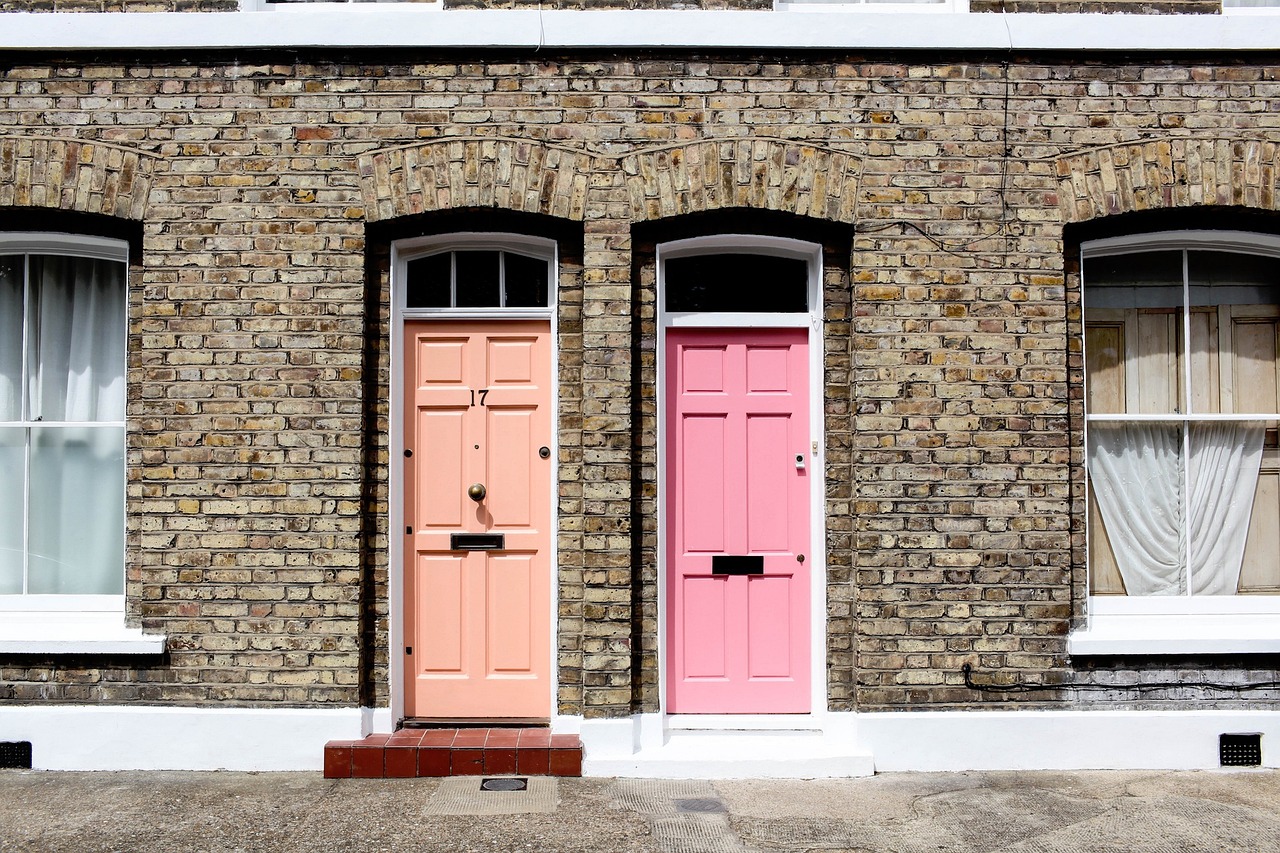
Pastel Tones
When we think of spring, one of the first things that come to mind is the gentle, soothing palette of . These soft hues, including light pinks, baby blues, and pale yellows, evoke a sense of calm and renewal, making them perfect for your spring art projects. Imagine walking through a blooming garden, where every flower whispers the promise of new beginnings. That's the magic of pastels—they capture that very essence.
Using pastel tones in your artwork can transform a simple piece into a serene landscape. The beauty of pastels lies in their ability to blend seamlessly, creating a harmonious flow that mimics the gentle transitions found in nature. For instance, consider a sunset where the sky shifts from a soft lavender to a delicate peach; these colors can be beautifully replicated in your paintings. By layering pastel shades, you can achieve a dreamy effect that draws the viewer in, inviting them to immerse themselves in the tranquility of the scene.
When working with pastels, it's essential to think about the color combinations that resonate with spring. Here are a few ideas to inspire your palette:
- Soft Pink and Mint Green: This combination evokes the freshness of new blooms and lush grass.
- Lavender and Cream: Perfect for creating a dreamy, ethereal atmosphere reminiscent of a spring morning.
- Peach and Sky Blue: This duo captures the warmth of the sun and the coolness of clear skies.
To make the most of these pastel tones, consider the following techniques:
- Layering: Start with a base layer of a lighter color and gradually build up with deeper shades to add dimension.
- Blending: Use a blending tool or your fingers to soften the edges between colors, creating a smooth transition that mimics the softness of spring.
- Contrast: Don’t be afraid to add a pop of a bolder color to make your pastels stand out even more, creating a visual feast for the eyes.
Incorporating pastel tones into your art not only enhances its aesthetic appeal but also evokes emotions tied to the season of spring. Just like the first buds breaking through the frost, your artwork can symbolize hope and renewal. So grab your brushes, mix those soft hues, and let your creativity bloom this spring!
Q: What are pastel tones?
A: Pastel tones are soft, light colors that are often associated with spring, including shades like light pink, baby blue, and pale yellow. They evoke feelings of calmness and renewal.
Q: How can I effectively use pastel tones in my artwork?
A: You can use pastel tones by layering colors, blending them for smooth transitions, and incorporating contrasting colors to make your artwork pop.
Q: Are pastel colors only suitable for spring-themed art?
A: While pastel colors are commonly associated with spring, they can be used year-round to create soft, inviting pieces in any season.
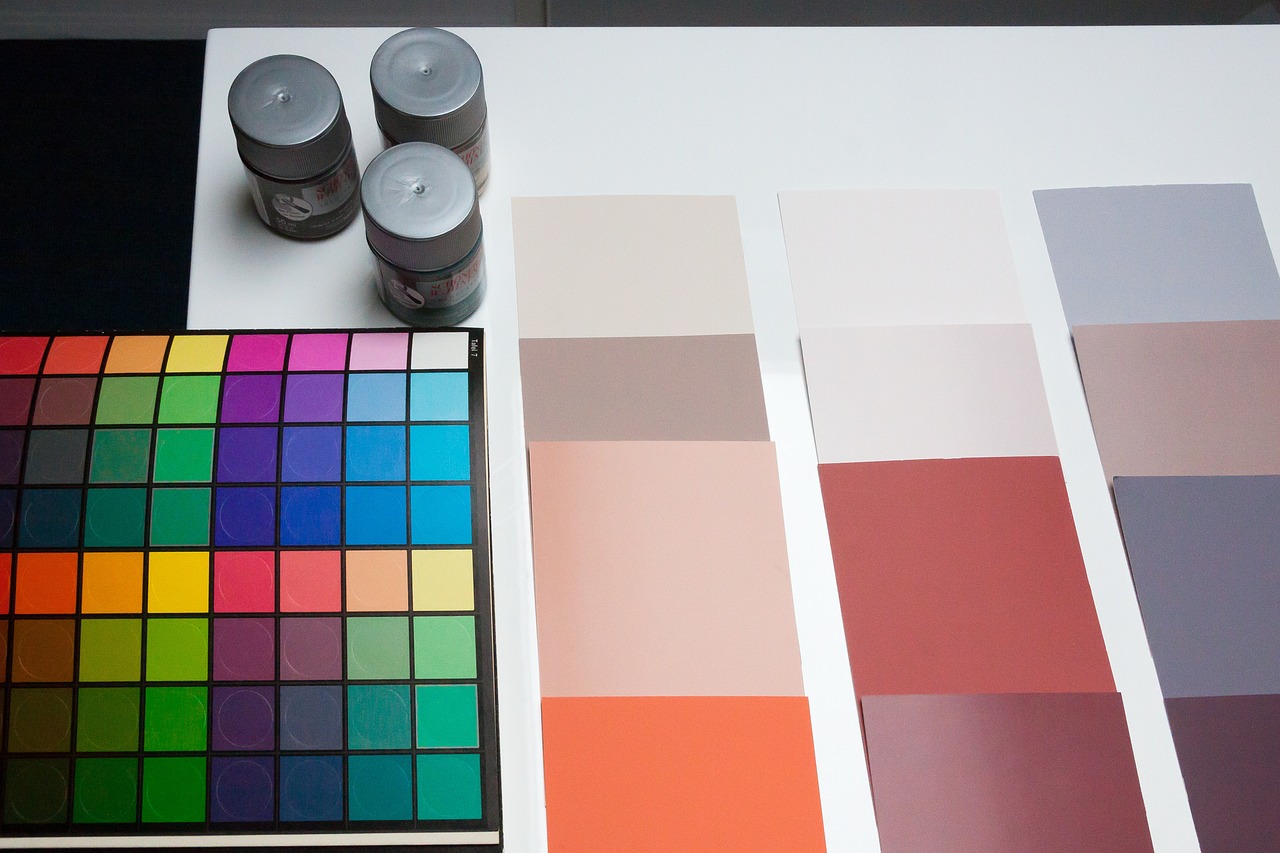
Bold Contrasts
When it comes to spring art, can truly make your creations pop and resonate with the vibrancy of the season. Think about it: just as the bright colors of blooming flowers stand out against the fresh green of new leaves, your artwork can capture that same energy. By incorporating bold, contrasting colors, you can create a visual impact that draws the viewer in and evokes the lively spirit of spring.
Imagine a canvas splashed with the deep reds and yellows of tulips juxtaposed against a rich cobalt sky. This kind of color play not only catches the eye but also adds a sense of excitement and movement to your piece. The juxtaposition of colors can evoke emotions and feelings, much like a well-composed piece of music where the highs and lows create a dynamic experience. So, how can you effectively use bold contrasts in your artwork?
First, consider the color wheel as your best friend. Complementary colors—those that sit opposite each other on the wheel—are fantastic for creating striking contrasts. For instance, pairing a vibrant orange with a cool blue can create a stunning visual tension that energizes your piece. Here’s a quick reference of some complementary color pairs:
| Color 1 | Color 2 |
|---|---|
| Red | Green |
| Blue | Orange |
| Yellow | Purple |
Next, think about the balance in your composition. Too much of a bold color can overwhelm the viewer, while too little can make your artwork feel flat. Strive for a balance by using bold colors in focal areas, guiding the viewer’s eye around the piece. For example, you might have a bright red flower as the focal point, surrounded by softer, muted greens. This creates a visual hierarchy and helps your main subject stand out.
Another technique to enhance bold contrasts is through the use of light and shadow. By playing with the intensity of light in your painting, you can create depth and dimension that make the colors appear even more vibrant. A bright yellow sunbeam illuminating a dark green forest can create a stunning contrast that not only highlights the colors but also adds a sense of realism and drama to your work.
Finally, don’t shy away from experimenting. Art is about exploration and expression. Try layering colors, using different mediums, or even incorporating textures to enhance the contrast in your work. You might find that a rough texture paired with a smooth, glossy finish can create an unexpected yet captivating effect.
In conclusion, embracing bold contrasts in your spring artwork can transform your creations into lively celebrations of the season. By understanding color relationships, balancing your compositions, and playing with light and texture, you can create pieces that not only capture attention but also evoke the joyous spirit of spring. So grab your brushes and let the colors sing!
- What are some easy ways to incorporate bold colors into my artwork? Start by using complementary colors, experimenting with different mediums, and focusing on balance in your composition.
- Can I use bold colors in a more subtle way? Absolutely! You can use bold colors in smaller areas to create focal points while keeping the rest of the piece more muted.
- How do I know if my color choices work well together? Use a color wheel to find complementary colors, and don't hesitate to test your combinations on a separate piece of paper before applying them to your main artwork.
Frequently Asked Questions
- What are some popular floral motifs for spring art projects?
When it comes to spring art, floral motifs are a must! Popular flowers include tulips, daffodils, cherry blossoms, and daisies. Each flower carries its own symbolism, like renewal or hope, making them perfect for expressing the essence of spring. Try incorporating these blooms into your artwork for that fresh, vibrant touch!
- How can I depict the concept of nature's rebirth in my artwork?
Capturing nature's rebirth is all about showcasing growth and awakening. You can illustrate budding trees, sprouting flowers, and lively animal interactions. Think of it as painting a story where every brushstroke reflects the joy of new beginnings. Using bright colors and dynamic compositions can help convey this transformative season beautifully!
- What techniques can I use to illustrate migrating birds?
To bring migrating birds to life, focus on their movement and grace. Techniques like using sweeping brush strokes can create a sense of flight, while capturing their colors can highlight their beauty. Don't forget to consider the backgrounds; a clear blue sky or lush green landscape can enhance the overall feel of your artwork!
- Why are insects important in spring-themed art?
Insects, like butterflies and bees, play a crucial role in spring ecosystems, especially in pollination. Including them in your art not only adds vibrancy but also tells a story about the interconnectedness of life. They symbolize transformation and beauty, making them perfect subjects for your spring creations!
- What color palettes work best for spring art?
Spring art shines with both pastel tones and bold contrasts. Pastels like soft pinks, blues, and yellows evoke a light, airy feel, perfect for capturing the season's gentleness. On the other hand, bold colors can energize your pieces, bringing excitement and vibrancy. Mixing these palettes can create a stunning visual impact!
- How can I create depth in my spring landscapes?
Creating depth in landscapes involves layering and perspective. Use darker colors for foreground elements and lighter shades for the background. Techniques like atmospheric perspective can help, making distant objects appear hazier. This way, your artwork will invite viewers into a lush, vibrant spring scene!



















